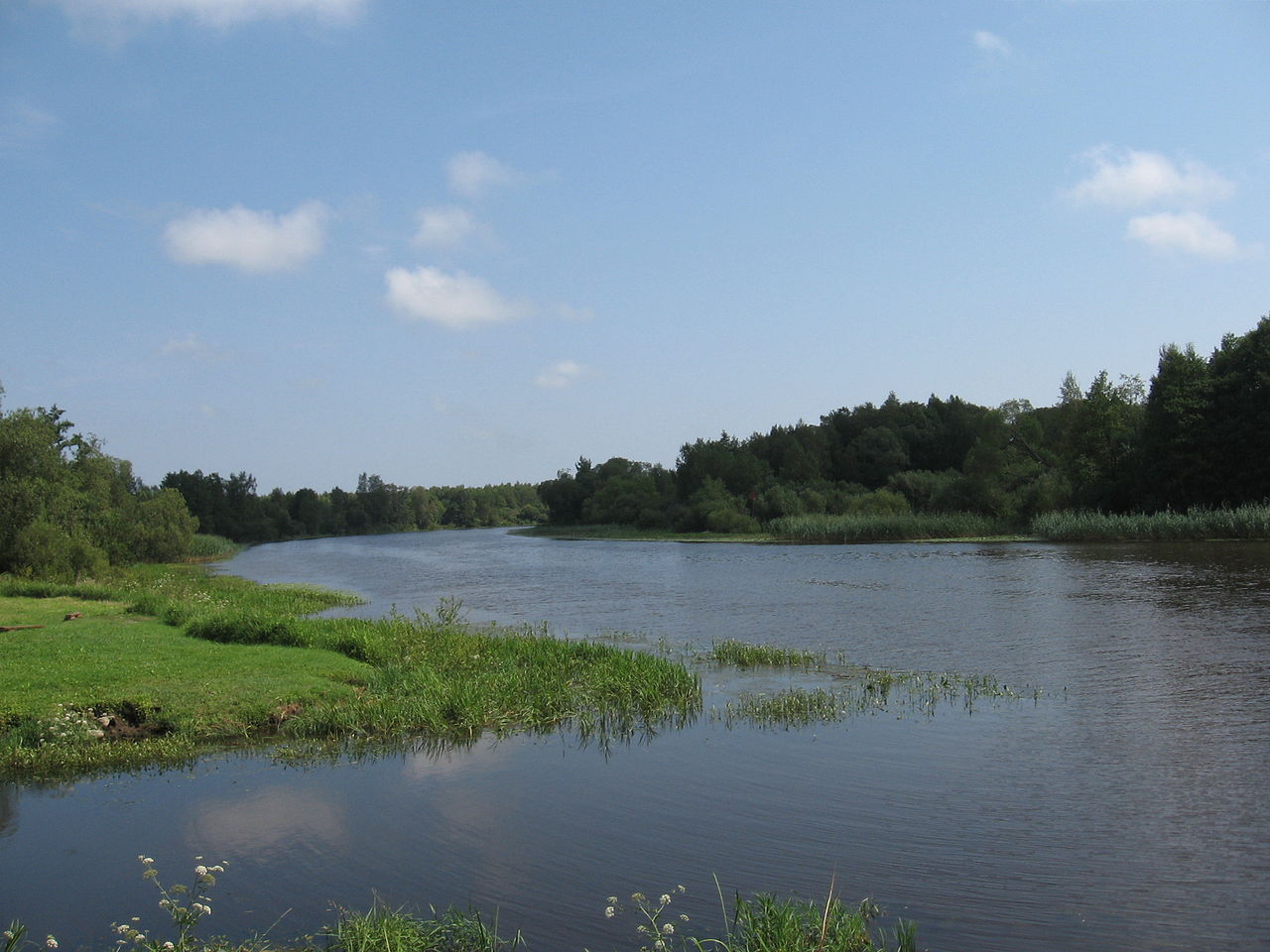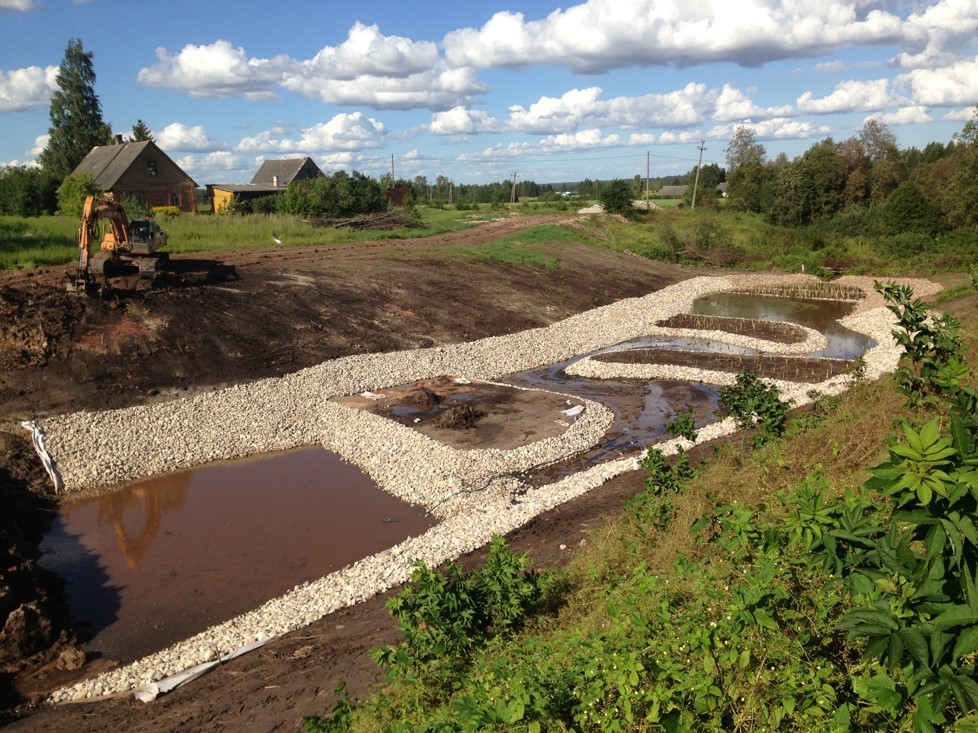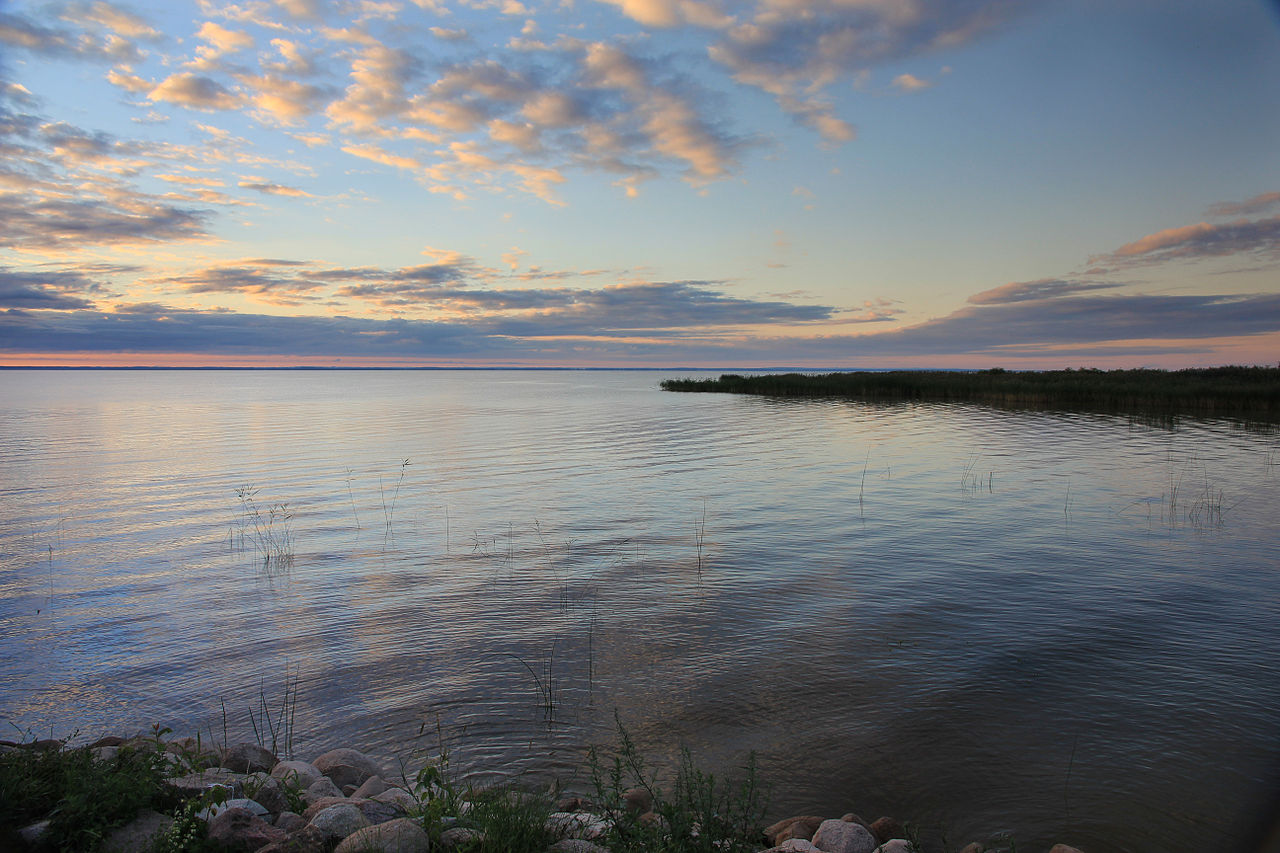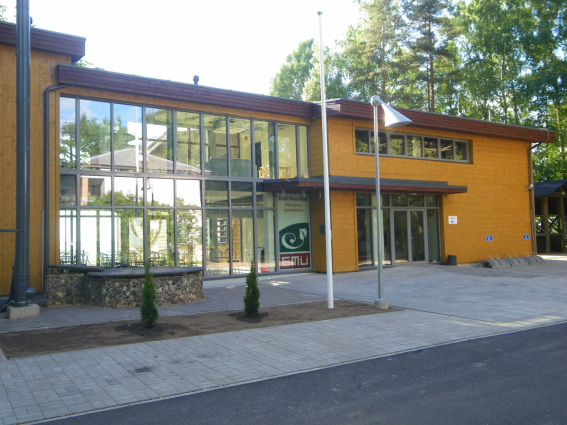BIOGEOMON 2022
Technical tour 3
Excursion to Centre for Limnology, Lake Museum and Lake Võrtsjärv.
The excursion is taking participants to Lake Võrtsjärv and its surroundings. On the way to and from the Centre for Limnology (50 km from Tartu) we will visit the Lullisoo bog with Lake Mustjärv and The berry-growing Farm Marjasoo and Lake Võrtsjärv Visitor Centre at the mouth of the River Emajõgi (ca 3km walking, including boardwalk). 
-
Centre for Limnology (CL) at Lake Võrtsjärv is hosting the Chair of Hydrobiology and Fishery (CHF) of Estonian University of Life Sciences (EMU). The history of CL goes back to year 1954 when a small field station of the Estonian Academy of Sciences was established in an abandoned farmhouse on the eastern shore of Võrtsjärv. Today the Chair constitutes a separate part of the Institute of Agricultural and Environmental Sciences at EMU and its activities are:
- fundamental research in Estonian waterbodies
- teaching of students and post-graduates
- applied research as state environmental monitoring, fish management, environment impact assessment, lake restoration, nature protection.
- The Lake Museum displays many fish species that inhabit the lake. The museum contains large aquariums with numerous fishes, aquatic plant and animal plankton species found in Estonian rivers and lakes. The museum also contains materials and exhibitions dedicated to the lake`s nature, its management and research activities.
- Lake Võrtsjärv Visitor Centre at the outflow, the River Emajõgi, is constructed of ecological materials – clay, wood, chipboard and straw’s. The Visitor Centre provides information about tourism opportunities in Lake Võrtsjärv region.
- The 15 m high wooden observation tower, located near the Visitor Center, offers a great view of Lake Võrtsjärv and the Emajõgi River Meadows.
- The Farm Marjasoo specialized in wild berry growing on exploited peatland of Lullisoo bog. The farm started in 1988 with cranberry cultivation. Since then there were added blueberry fields, experiments have been made with cowberries.
- Vända free surface water constructed wetland is located in the southeastern part of Estonia that consists of two, 0.5 ha wetlands and large sedimentation pond, which were constructed in 2015. Wetlands were created with varied bathymetry with shallow water areas that were planted with Typha latifolia and deep water areas for active sedimentation. The aim of the wetland system is to increase the local biodiversity and to reduce the impact of agricultural diffuse pollution to the nearby river Porijõgi.

|

|

|
Lake Võrtsjärv is a large (270 km2) and shallow (mean depth 2.8 m, maximum depth 6 m) polymictic eutrophic lake in Central Estonia. Major part (53%) of the 3374 km2 catchment area is covered by forest, agricultural lands make up 33%, water bodies 9% (mainly the lake itself), and wetlands 3% of its total area. The outflowing 100 km long River Emajõgi connects Võrtsjärv to Lake Peipsi. The large surface to volume ratio makes Võrtsjärv highly sensitive to meteorological conditions.


